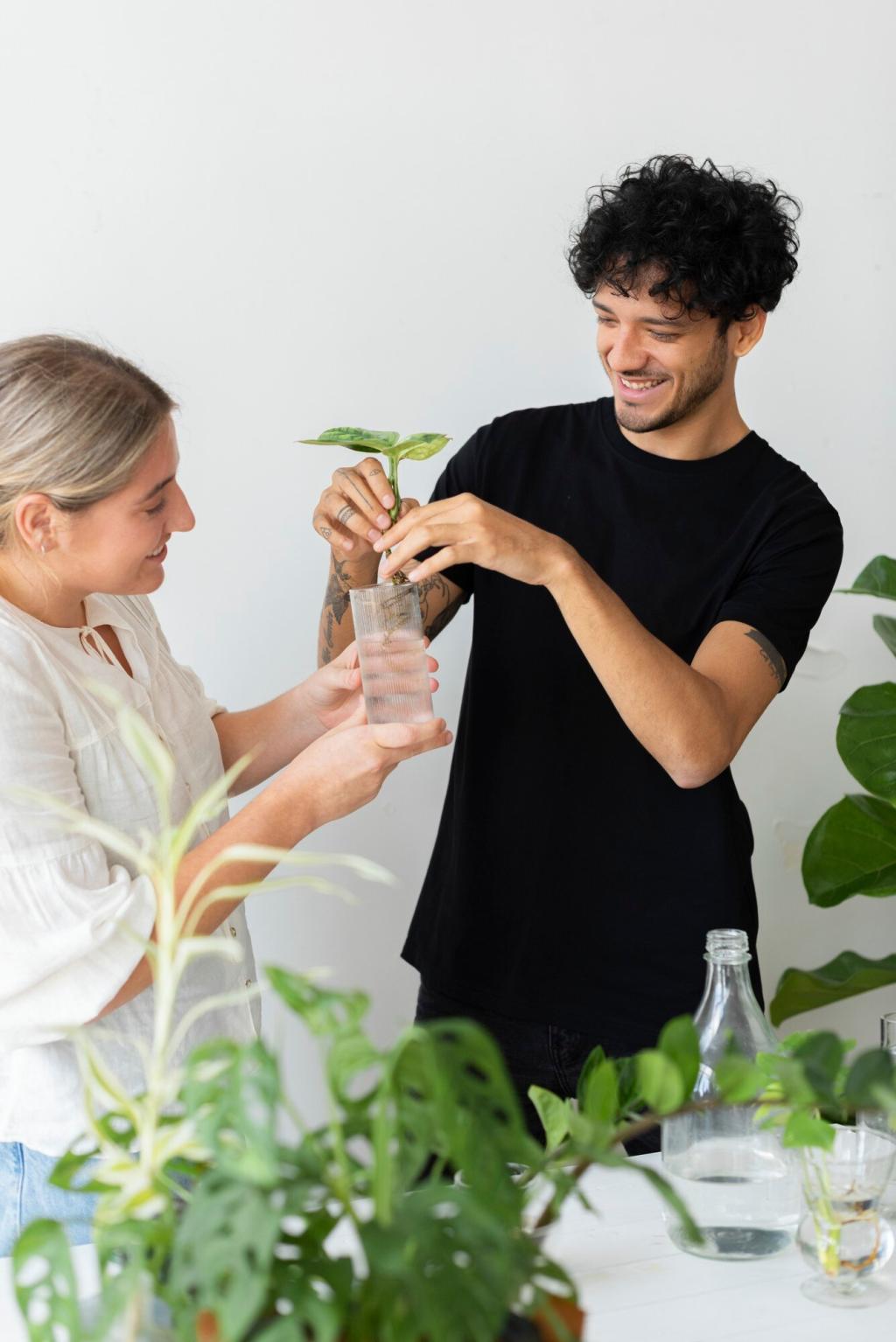Eco-Friendly Wardrobe Essentials
Sustainable Fibers Explained
Understanding the fabrics your clothes are made from is crucial for building an environmentally considerate closet. Natural fibers like organic cotton, linen, and hemp are grown with fewer chemicals and less water. Recycled materials, such as polyester made from plastic bottles, provide alternative options that help divert waste from landfills. By choosing clothing crafted from these materials, you reduce your ecological impact and support a more responsible textile industry.
Durability Over Disposability
One of the core tenets of an eco-friendly wardrobe is valuing quality over quantity. Fast fashion encourages constant churn, leading to discarded clothes and overflowing landfills. Investing in well-constructed pieces that last many seasons transforms your relationship with fashion. The longer your garments endure, the less often you need to replace them, ultimately minimizing waste and conserving resources.
Certifications and Ethical Brands
When shopping for sustainable clothes, third-party certifications offer assurance that brands uphold ethical and eco-conscious practices. Labels such as GOTS and Fair Trade indicate that strict standards have been met, from environmental friendliness to workers’ rights. Supporting brands that prioritize transparency and accountability helps foster a more responsible industry, ensuring you’re part of a positive cycle of change.
Previous slide
Next slide

Eco-Friendly Fabrics in Focus
01
Organic cotton is an alternative to conventional cotton, grown without synthetic pesticides or fertilizers. As a result, organic cotton preserves soil health, fosters biodiversity, and uses less water. Wearing clothes made from organic cotton also reduces exposure to harmful chemicals, benefiting not just the earth, but also the well-being of those who cultivate and wear it.
02
Tencel, modal, and lyocell are fabrics crafted from sustainably sourced wood pulp in closed-loop processes that recycle almost all water and solvents. These materials are both silky and breathable, making them comfortable choices for everyday wear. Their lower impact production methods, combined with biodegradability, make them a standout option for eco-minded consumers seeking softness and sustainability.
03
Recycled fibers, such as polyester repurposed from discarded bottles or reclaimed fabric scraps, divert waste from landfills and reduce reliance on virgin resources. Upcycling takes this a step further by transforming pre-existing garments or materials into new, fashionable pieces. Both approaches champion circularity, ensuring materials stay in use for as long as possible and reinforcing a culture of resourcefulness.
Previous
Next
Green Laundry Habits
Gentle washing practices, such as using cold water and switching to shorter cycles, significantly reduce energy usage. Over-washing, on the other hand, wears garments out faster and wastes resources. Caring for your clothes by washing only when necessary and with full loads helps maintain their longevity and ensures your laundry routine aligns with sustainability goals.

Ethical Footwear Options
Sustainable shoes often use innovative materials like plant-based leather alternatives, natural rubber, or recycled components. Ethical brands also prioritize fair labor practices and transparent supply chains. Choosing such footwear means every step you take supports the planet’s and workers’ well-being without compromising on durability or design.

Sustainable Bags and Backpacks
Eco-friendly bags are crafted from renewable or recycled materials such as organic cotton, cork, or repurposed plastics. Many responsible brands also employ minimalist designs that reduce material usage and waste. Selecting multi-functional and sturdy bags not only enhances your looks but also ensures long-lasting use and a minimized environmental impact.
Clothing Care and Repair
Mending and Upkeep Skills
Learning to sew a button, patch a tear, or mend a hem empowers you to give clothes a second chance. Simple skills can dramatically increase the lifespan of your favorite pieces. By repairing instead of discarding, you participate in a tradition of resourcefulness and self-sufficiency that honors both the value of your clothes and the planet.
Responsible Storage
Proper storage—like folding knits, hanging structured pieces, and keeping items away from sunlight—prevents premature deterioration. Using storage solutions made from natural materials, such as cedar blocks to repel moths, also supports sustainability. Good habits ensure clothes stay wearable season after season, reducing the need for frequent replacements.
Professional Repair and Tailoring
When home repair isn’t feasible, turning to professional tailors or cobblers is a sustainable choice. Altering garments for a better fit or overhauling worn shoes prevents unnecessary waste. These services preserve the integrity of your wardrobe and provide local economic support, reinforcing the value of existing items in your collection.

Thrift, Swap, and Rent
Thrifting for Unique Finds
Shopping secondhand is an eco-friendly way to discover one-of-a-kind pieces while keeping used items out of landfills. Thrift stores, vintage boutiques, and online resale platforms offer endless possibilities for discovering affordable and stylish gems. Embracing pre-owned fashion not only extends the lifecycle of clothing but also nurtures individuality in your wardrobe.
Clothing Swaps and Community
Clothing swaps are social, sustainable events where you exchange pieces you no longer need for fresh finds from others. These gatherings foster a sense of community and reduce the desire for new purchases. Participating in regular swaps helps maintain a dynamic wardrobe while supporting a resourceful and eco-minded style collective.
Renting for Occasions
For special events or rapidly changing needs, renting clothing is a responsible alternative to buying new. Rental services provide access to quality attire without the long-term commitment, allowing you to enjoy variety with minimal ecological impact. By renting, you support the concept of a circular wardrobe that thrives on shared resources.
